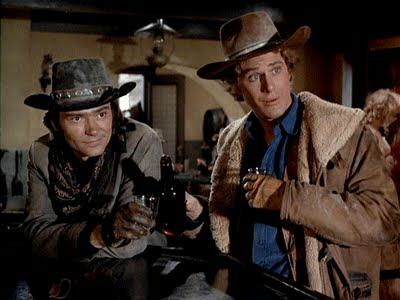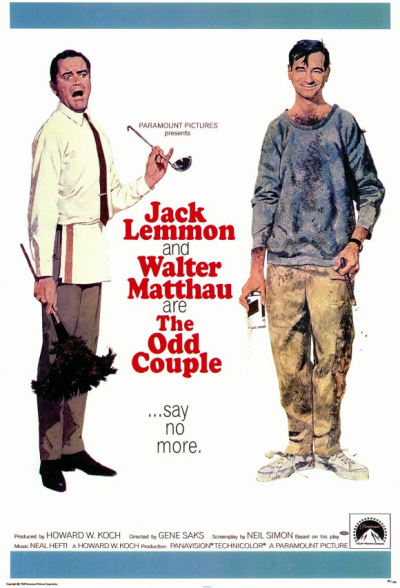The 2011 anime series Tiger & Bunny takes place in NC 1977 to NC 1978. While this clearly isn’t our 1970s, there is no such place as Sternbild City after all, there are definitely thematic and plot necessities for it taking place in a version of the 1970s.
First of all, it’s a superhero story, and the story of the superhero starts in the 1930s. Which is where it starts here too. We’re told that the first being with superpowers (a NEXT in the parlance of Tiger & Bunny) appeared 45 years earlier. So around 1932, the year that Jerry Siegel and Joe Schuster created Superman. Other key plot elements, such as Mr Legend (the first superhero) inspiring a young Kotetsu, Kotetsu and Barnaby’s age difference and the age of Kaede mean that it has to take place in the 70s on a practical level, if you are starting from the 30s.
However, even without those plot elements, thematically the Seventies is the right era to set the story in. Far more than being a superhero show, Tiger and Bunny is a buddy show. And the Seventies were the golden age of buddy shows. An era that started in 1969 in the cinema.
To cash in on the popularity of Butch Cassidy and the Sundance Kid, the great Roy Huggins and Glen Larson created Alias Smith and Jones, a buddy western TV show.

The difference between this and an ITC buddy show that appeared a year earlier, The Persuaders, is the chemistry between the male leads. There’s a closeness in the friendship you don’t get from a Roger Moore and Tony Curtis playing millionaire playboys (though the anime Licensed By Royal does owe The Persuaders a debt). The Persuaders did have something that Tiger & Bunny inherited though, and that’s a bickering between two seemingly mismatched characters. The obvious source for this is in another feature film (and the original play and subsequent TV series), namely The Odd Couple.

You can’t really go to far wrong copying The Odd Couple‘s formula. Red Dwarf at its best was just The Odd Couple in space before it started thinking it was a sitcom about sci-fi, rather than a sitcom with sci-fi set dressing.
So what happens if you take the chemistry of a Butch Cassidy and Sundance Kid, combine it with the mismatched leads of an Odd Couple, and then throw in a load of action too? Well you get THE buddy show of the Seventies.
Starsky & Hutch, more than any actual superhero project, is the most obvious predecessor to Tiger & Bunny. It even has the fanservice. Did the open credits need David Soul and Paul Michael Glaser wandering around in just towels? No, but it certainly helped its popularity. If you have any doubt, please check out these samples of Starsky and Hutch doujins.
Adding to the need for Tiger & Bunny to be in Seventies, is the character of Lunatic. He’s definitely the sort of vigilante you started to see in superhero comics in the Seventies, most obviously in the Punisher. Moreover, with the gimmick of being part of the law enforcement process by day and vigilante by night, he also is a reflection on another David Soul role, namely that of the cop turned vigilante in Magnum Force. He marks both the darkening of “justice” in both comics and the wider pop culture of the Seventies.
The lack of resolution in Lunatic’s plot also reflects that it didn’t go away in the Eighties. Lunatic doesn’t surplant Wild Tiger’s version of superheroics, but at the same time Wild Tiger doesn’t end Lunatic’s vigilantism. Instead they end up existing side by side.
So where does Tiger & Bunny go from here, as they head towards their fictional 1980s? Well, I’m hoping that Kotetsu’s cousin from Greece arrives in Sternbild to team up with him.
BONUS: As I’d been sitting on this post since November, and I’ve still not figured out a segue to talking about The Professionals, which was basically Starsky & Hutch if they were UK television James Bonds and the main character was actually their boss, here’s a link to some recent-ish Japanese fan art of The Professionals.